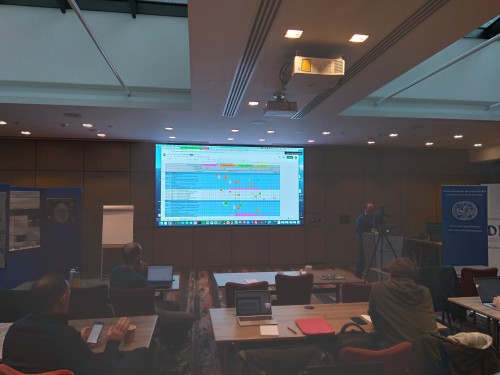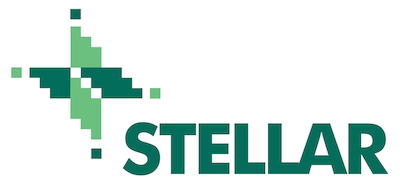Students and researchers from IANAO and TUS visited DIAS for a period of 5 days, during which time they had hands-on use of the I-LOFAR to perform observations of the sun. Performing observations and operations with a single LOFAR station requires training in use and development of software in Bash and Python packages developed by the Irish and wider LOFAR community. It was also an opportunity for participants of the workshop to use the high-performance back-end computing architecture of I-LOFAR, known as the REALTA cluster, a system designed for advanced use of a single station e.g., by performing machine learning on high-speed ILOFAR data.
The schedule for the workshop consisted of a number of hands on and discussion sessions. The first day consisted of smaller splinter sessions as a number of the participants who had yet to see the I-LOFAR station took the opportunity to do so as part of the PRE meeting. The morning of the second day focused on hands-on sessions on VLF data/observations and I-LOFAR/REALTA observation. The afternoon of the 2nd day was a mini-workshop on machine learning with informal talks by other DIAS research and STELLAR members. The third day began with a discussion of radio triangulation and an introduction to the SURROUND mission, the afternoon sessions focused on the use of SDR technology in VLF and LF domains. The 4th day began with a discussion of the potential benefits of combining LOFAR observation with other telescopes such as TESS for astrophysical studies such as stellar flares before discussing some ongoing analysis of a particular solar event utilising radio, EUV and other observations. The afternoon session were dedicated to remaining discussion and closing.




